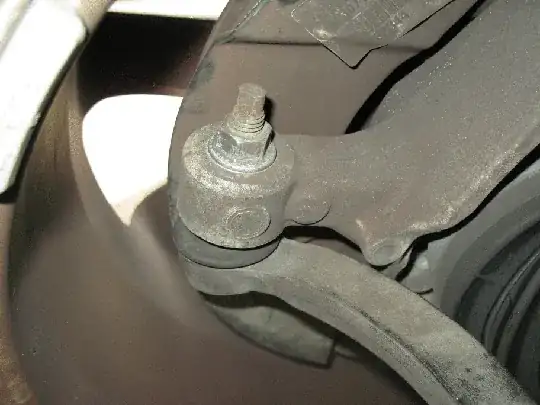I was originally going to make this a comment, but decided to make it answer because it describes the test in a different way...
The problem with testing ball joints separate from being installed in the vehicle vs after they are installed on the vehicle is that the installed versions have this long type 3 lever attached which makes it easier to move.
A better test, rather than twisting, draw an imaginary line between the two end points then push and pull along that line. There should be no movement.
If it helps tie a string between the two Castle nuts or locking pins. You should do this with the suspension loaded normally and the tires straight. You need to test both sides. if you feel play you need to then watch both the inner and outer tie rod ends to see if one or both are the culprit. You could also do it on ramps, but in that case block the wheels and place jack stands in case there is a ramp problem.
Changing inner tie rod usually doesn't affect alignment unless they are threaded. The threaded outer ones do.
There are two tricks you can use to do an emergency alignment but you should have the alignment checked by a professional sooner rather than later.
The first is mark where the tie rod enters the collar and count the threads which were inside the center rod and then make sure to thread the new outer rod in that Same amount. It will usually get you pretty close. You can dial it down a little bit further if your tires weren't quite an alignment to begin with, by putting one tire at a time on two thin sheets of metal and sighting along the side of the rear tire when adjusting the front tire. The sheets will allow the tire to pivot on the ground with much less force while the suspension is fully loaded.
You might think to use a laser pointer like the pro machines, however you would have to make sure not to attach the laser pointer to either tire directly. That would make your front tires slightly toe in if attached to the rear tire and slightly toe out if attached to the front.


